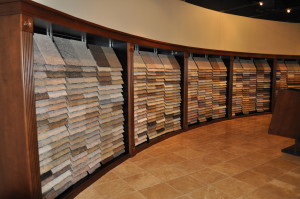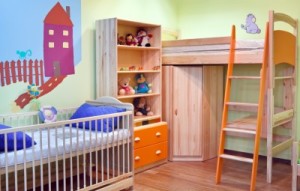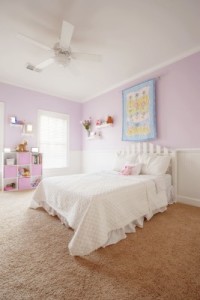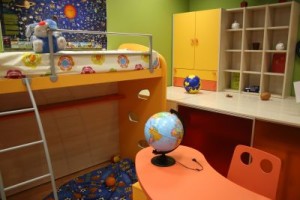 Getting to know your neighbors helps turn your new home into part of a community. Once you move into your Fulton Home, take the time to get to know your neighbors. It may seem difficult in these days of teaching your children about “stranger danger” and other worries, but a few simple steps can make the process easier and more enjoyable for everyone.
Getting to know your neighbors helps turn your new home into part of a community. Once you move into your Fulton Home, take the time to get to know your neighbors. It may seem difficult in these days of teaching your children about “stranger danger” and other worries, but a few simple steps can make the process easier and more enjoyable for everyone.
Welcome new neighbors: While most people won’t have time to chat on move-in day, it’s nice to take a few minutes to introduce yourself to neighbors as they move in. Just a simple hello and welcome from a new neighbor makes moving day so much more pleasant.
Stop by: Visit your new neighbors in the afternoon, or walk over when they are already outside. Many people are nervous about opening their doors after dusk, like the woman in the photo. You don’t want to make your neighbors uncomfortable by your visit.
Bring a treat: Home-baked cookies, lemonade on a hot day, or warm muffins or coffee cake say welcome better than words. Returning the container gives you another opportunity to interact with your new neighbors.
Take walks: Bringing your dog on a walk through the neighborhood every day or just walking by yourself in the morning or evening will provide plenty of opportunities to get to know your neighbors. Be sure to smile and acknowledge everyone you see. The people who want to be friendly will find a way to chat with you.
Be friendly: You can’t expect to be best friends with all of your neighbors, but just getting to know them well enough for a short chat can make your community a more comfortable and pleasant place. And you never know, your future best buddy may move in next door!












